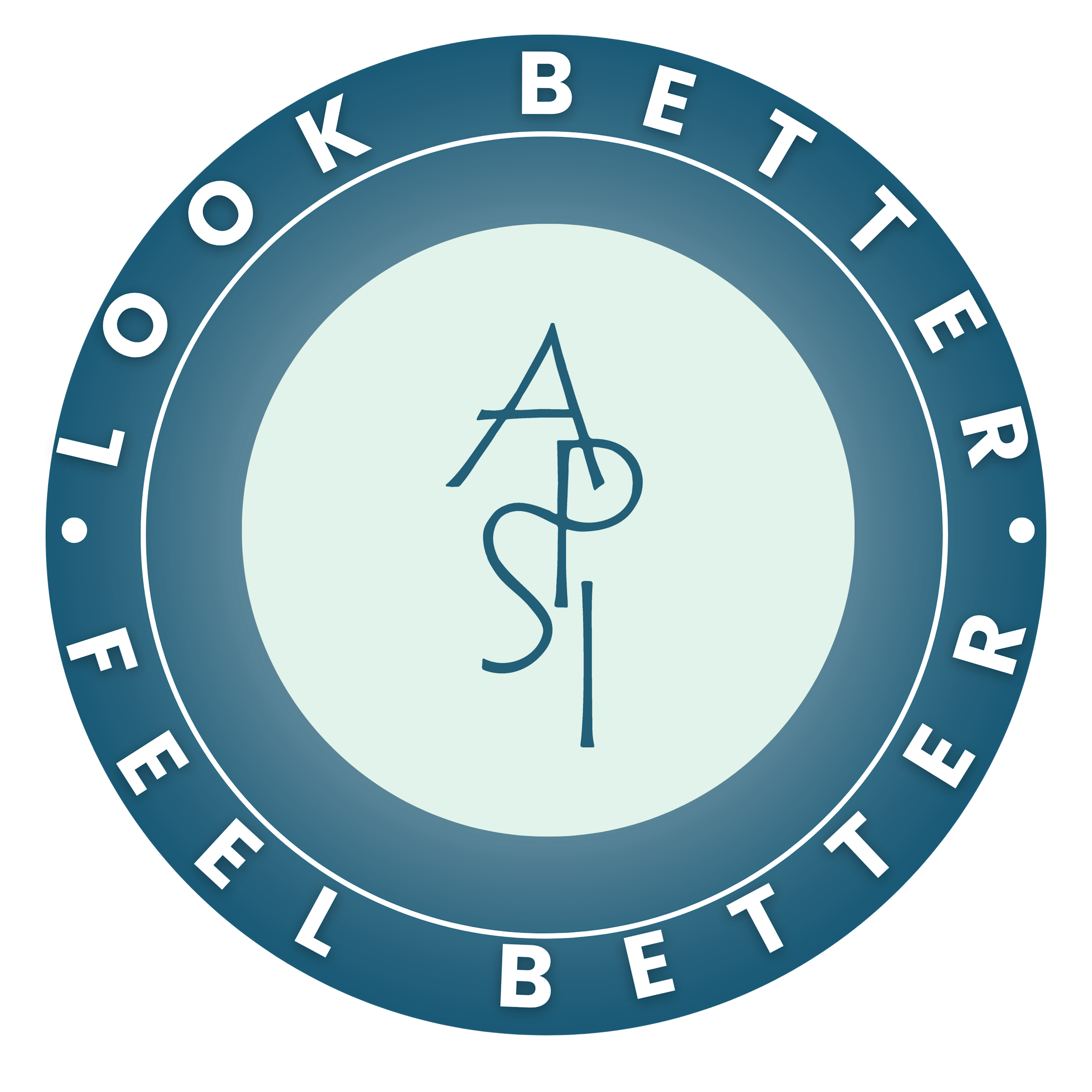Would you believe it? The concept of liposuction has been around since the 1920s? However, the currently accepted modern and safe methods for the surgery were developed in the mid-1980s. Since that time, liposuction has become one of the most successful and popular body contouring surgeries. In the United States, it represents about 15% of cosmetic surgeries done.
What keeps liposuction so popular?
Liposuction is relatively affordable and the average expense for patients undergoing the procedure probably ranges from $3,000-6,000 depending on the time spent in surgery, number of body areas treated, and the type of anesthesia selected for the case.
The recovery from liposuction is rapid for most patients and it is possible to miss very little time from work and activities with family. Liposuction of body areas such as the hips and abdomen can be easy to hide under clothing and patients end up suffering very little social down time.
The risk of major complications is very low and moderate volumes of liposuction can be done safely in an outpatient setting.
Candidates for liposuction
The classic best candidate for liposuction is a man or woman who is close to their ideal weight (ideally with a BMI or body mass index less than 30) who has stubborn areas of excess fat that do not tend to respond to diet or exercise. These areas should have reasonable skin tone to best predict the postoperative appearance of the skin. The patient should be healthy enough to undergo sedation or general anesthesia for a 1-3 hour surgery (on average). Women should not be breastfeeding or pregnant.
The patient is best served when expectations of his or her body are reasonable. Expectations may not be met if the patient believes that liposuction will result in significant weight loss or if he or she believes that liposuction will remove stretch marks or replace a tummy tuck to remove excess skin.
Some Basic Truths to Address Common Questions
Pre-existing skin tone is important to the final outcome. Liposuction is excellent at removing excess fat. The effect on the skin is most easily predicted by how the skin looks preoperatively.
It is not a weight loss procedure. When a surgeon targets specific areas of excess subcutaneous (under the skin) fat with liposuction, the procedure offers a better shape or contour but does not make much promise of significant weight reduction.
A truly obese person will still look obese after liposuction although perhaps with better body proportions.
Fat does not automatically multiply in areas that are not treated. But, liposuction does remove fat cells permanently from the treatment zones. So, if a patient gains weight afterwards, the weight (or fat) gained may seem distributed differently than weight gain prior to surgery.
Liposuction is considered an elective, cosmetic surgery. Insurance does not cover it.
There are many different technologies associated with liposuction (ultrasound, laser). The most important aspects for liposuction success is extraction of fat and surgeon experience. Please talk to your surgeon about the liposuction technique that will serve you best.
This surgery can only address subcutaneous fat. That means that body shape due to the patient’s skeleton, muscular structure, and intra-abdominal fat cannot be adjusted. Some patients’ inner thighs will always touch, for instance, due to the width of the thigh musculature.
Potential treatment areas include: abdomen, hips, waist, back area, inner and outer thighs, chin/neck, arms, and knees
Patients who have severe medical issues or very high BMI may not be good candidates for the procedure due to a higher risk of complications.
How the surgery is done
The patient is met in a preoperative room and the body areas to be treated are again discussed. The patient is marked for the extent of the liposuction and the small incision points may be noted. Patients frequently opt to have general anesthesia which allows for complete unawareness and pain control in addition to aiding the surgeon by virtue of some muscle relaxation. Patients may also have the option of undergoing a combination of local anesthesia +/- sedation and could be awake and aware during the surgery.
Incisions
On the average, there will be two very small (around half a centimeter) incision points per body area treated. This allows the surgeon access to the fat to numb the area and to insert the tools (cannulas) which extract the fat in sweeping, even motions. Addressing a body area from two different points frequently allows for a more smooth result. Occasionally, a small area such as the chin can be addressed well with just one nicely hidden incision.
Surgery
Tumescent fluid is infused through these incisions and under your skin into the fat. This fluid typically is made up of a saline solution with lidocaine and a bit of epinephrine mixed together. This bit of epinephrine constricts the small blood vessels in your fat and prevents blood loss. The lidocaine allows for intraoperative and postoperative pain control. The fat is extracted with liposuction cannulas (hollow stainless steel rods) that are frequently just 3 or 4 mm wide. These rods are connected to a vacuum type apparatus that allows for the controlled removal of fat.
What to expect after surgery
Patients go home after this outpatient surgery and need a trusted friend or family member to drive them and stay with them overnight. Alternative options for this include some trusted nursing care to fill this role.
Patients have varied pain thresholds, but most patients require some occasional narcotic pain medication for a few days after surgery. For this reason and ongoing discomfort, they are not safe to drive initially but can be quite functional at home preparing meals for themselves and walking and showering unassisted. Many people are able to go back to work within a few days.
All patients describes soreness, swelling, and some degree of bruising after surgery. This always improves gradually. Some patients note some occasional tingles or shooting pains and areas of numbness over the liposuction sites and those also tend to disappear as the swelling subsides. During that time of swelling, your surgeon may keep you in a compression garment to help with shape and swelling. There will be activity and weight lifting restrictions initially that are communicated to you via your surgeon or staff. These restrictions are important as they promote healing and reduce the risk of complications such as fluid collections or bleeding. We want all patients up and walking to avoid the risk of DVT or blood clots.
Patients will be back to showering quickly and most everyday types of activities within 48 hours. There is very little aftercare involved with the incision(s) and any suggested scar treatment will be discussed with you.
Your surgeon will see you back to assess your healing and shape. Photos are a necessary way to track your result since your change in contour is best appreciated with photography.
Risks
Risks will be reviewed with your surgeon but include infection, prolonged pain, poor scars, prolonged numbness, asymmetry, hematoma-bleeding, fluid collection, poor healing, unsatisfied cosmetic expectations, and need for further procedures or revision. Lidocaine toxicity is guarded against by calculating the appropriate amount of the lidocaine (local anesthesia) to be used for you based on your body weight.
Thank you for reading our article. We want the very best for our patients including thorough education. We hope this helps!
Author credit: Lauren Crawford, MD


